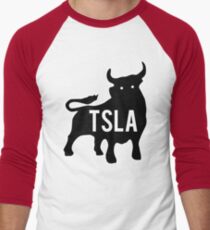To get the thread back on track (no pun intended)
Yes. Case in point, I'm getting my M3 soon! Just got the financing stuff done.
But also, Tesla is planning on a big shipment to Canada in the next week or two. The reason is because Ontario is stopping their $14000 EV rebates, but it was done in a blatantly discriminatory method that singled out Tesla getting their rebates cut immediately from the announcement, but all other carmakers get another 2 months (ending Sept 10) before their rebate ends. Tesla has filed a lawsuit asking for expedited hearing against the government for discrimination, and they have a really strong suit. To see just how strong of a discrimination suit Tesla has, they have a direct quote from the Ministry of Transportation who said this:
“But we also were extremely fair in the way we ended it. On July 11th, we announced that until September 10th, all dealers and anyone who had purchased a vehicle or had a vehicle on order, as long as it was plated and delivered by September 10th, other than Tesla — they would receive their rebate.”
Also, when they first announced this, they said only EV's sold by a dealer gets a rebate until September 10th. This clearly singled out Tesla that doesn't sell through dealers. But when it was pointed out that Tesla stores are registered as dealers in Ontario, they CHANGED the wording to say "independent dealers" to exclude corporate owned dealers (like Tesla's).
It really doesn't get more blatantly and obviously discriminatory than this.
Tesla is expecting to win the suit and rush deliver a ton of M3's before the September 10th deadline for the rebate.



